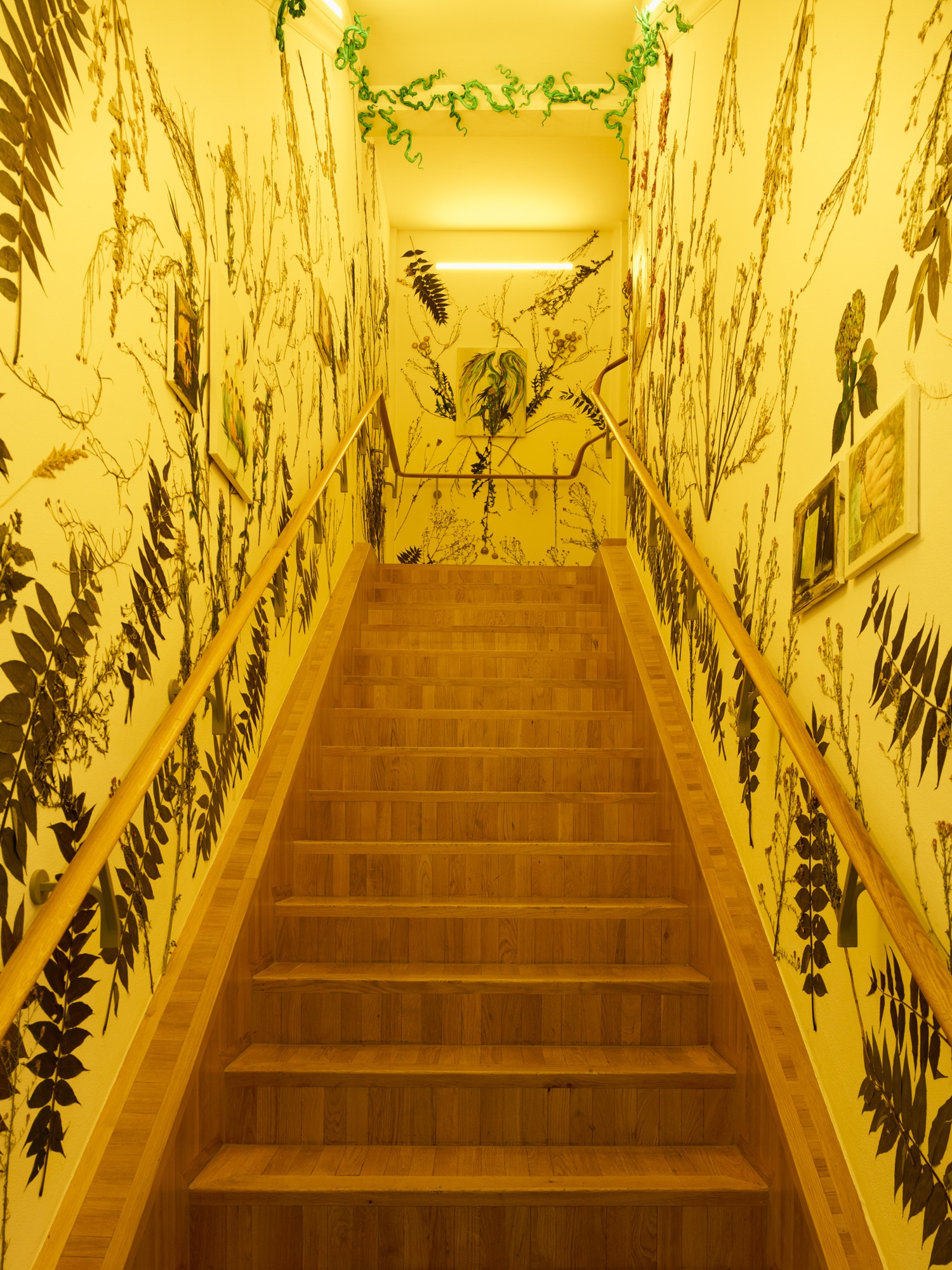

Even though the Secession Building was constructed by architect Joseph Maria Olbrich, it is known that Klimt took active part in designing it. This is where you will find the Beethoven Frieze, an in-situ piece that is displayed in the place it was originally made for. If you do not wish to compare different periods and would rather see “pure” Klimt, go to the Secession Exhibition Hall. Official website of the Vienna City MuseumĤ. Opening hours: temporary closed for renovations Auditorium in the Old Palace Theater in Vienna (the permanent exposition features a facsimile of this painting) is a way to preserve the architecture in eternity and a miniature portrait of every significant person in Vienna in 1888. The collection also includes drawings and the portrait of Vienna society by Klimt that has a high historical value. These works can be found in the historical section of Art Nouveau era.
.jpg)
The Vienna Museum also exhibits Pallas Athene, the symbol of Secession, and several portraits of the ladies whose names we no longer know thanks to which Klimt was first nicknamed “the painter of beautiful women”. Admirers of Klimt come here to see the portrait of his muse, companion, friend, and lover, Emilie Flöge. One more museum displaying diverse works by Klimt is the Vienna Museum. (the museum is under renovation until 2023, its collection is being temporarily exhibited all over the world) Official website of the the Leopold Museum Opening hours: daily, except Tuesday 10:00-18:00. Yet one more reason to see Klimt’s paintings against the backdrop of the masterpieces by Wagner, Loos, Moser, Schiele is that Klimt’s creative pursuits don’t look so exteptional as in the exposition in the Belvedere. All pieces on display depicting the cultural and social life have the specific air of that short and bright period of Fin de Siècle. All of them were his contemporaries and many were also members of the Secession movement. The context of Klimt’s works here is carefully created out of documents, reconstractions and works of his fellow artists. These lost paintings are shown in a separate room accompanied by the documents with devastating criticism by artist’s contemporaries. The Leopold Museum also reconstructed the scandalous Faculty Paintings from photographs. Several landscape works demonstrating the artist’s path towards abstraction are also on display. The last piece of the “Golden Period” is surrounded by Klimt’s early realistic portraits, works by his brother Ernst, and several documents. Official website of the Belvedere Galleryĭeath and Life is the most precious piece by Klimt in the collection of the Leopold Museum. Even though new exposition has been deprived of almost all academic pieces, it’s still easy to get a good idea of Klimt’s predecessors, as well as of his contemporaries. Undoubtedly the context of national art history is an important aspect of viewing Klimt in this museum. Moreover the Belvedere often exhibits pieces from Viennese private collections, such as recently rediscovered The Portrait of Marie Kerner or prominent Danaë.īut not only the collection of the most celebrated works by Klimt is of great interest here. Also Klimt’s unfinished canvases The Bride and Adam and Eve that were left behind when he was taken to a hospital are in the collection of this museum. Famous portraits of society ladies, such as Fritza Riedler or Sonja Knips, can also be found here, as well as meditative Attersee landscapes. However, this renown double portrait isn’t the only reason to visit the Belvedere. The Kiss is the main tourist attraction of the Belvedere, and it’s impossible to miss it since all the museum signs point towards the celebrated piece. Now, you can only see three famous “golden” paintings together on the umbrellas from souvenir shops. But since 2006 you will find this masterpiece in the Neue Galerie New York, where the heiress of the Bloch-Bauer family, Maria Altmann, sold it for a record price of $135 million. The same collection used to have the Portrait of Adele Bloch-Bauer I. It is the Belvedere Palace where the famous Judith and The Kiss are displayed.


 0 kommentar(er)
0 kommentar(er)
